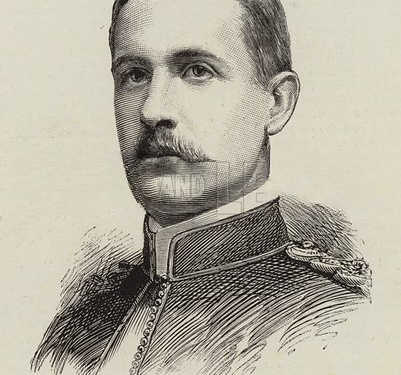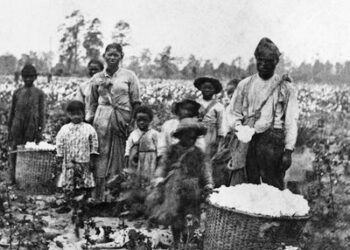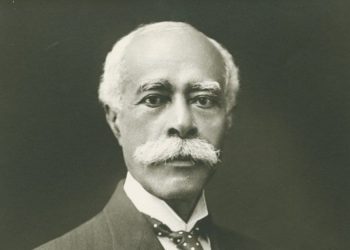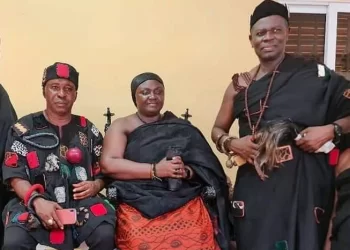There is so much to be told of Ghana’s past. The Ghanaian culture of hiding tragic incidents of the past still continues to leave many stories buried. It was shocking that in 2010, Taviefe celebrated 100 years of Christian Evangelism in the town but made no mention of the violence that almost led to their annihilation.
What if I told you that in 1888, Hausa forces led by a British army colonel invaded the town of Taviefe and slaughtered almost half of its population? This massacre tragically included babies, old men and women, and the sick. This was a punishment by the colonial government toward the residents of Taviefe. I know a typical Ghanaian would quickly ask: What did a town of about 2,000 people do to deserve such ill treatment? Before we delve into this, let me tell you about the town of Taviefe.
The Town
Taviefe is a mountain town in the Volta Region of Ghana. It is close to Krepi and about 15 minutes from Ho. Taviefe is a serene town whose natural environment is extremely attractive. This town is also noted for popularizing the Borborbor dance.
What Happened?
In 1888, a British officer, John Scott Dalrymple, was sent to mediate a conflict between Ziavi and Taviefe. Dalrymple was ordered not to employ violence but to arrest some leaders of the town for trial.
Prior to this mission, the people of Taviefe had refused to accept either German or British domination. They had also refused to allow Christian evangelical missionaries into their town. This period was after the Berlin Conference of 1884/85. European nations were scrambling for territories in African and were employing every method to make it possible to acquire territories.
Bela Cobina and five leaders of Taviefe were handcuffed by Dalrymple and his squadron. On their way to Ho, they were ambushed by some men from Taviefe. Dalrymple was shot and killed, as were some of his squadrons. However, Samuel Bennett, a British official who was ahead of them on the journey, escaped to Ho.
The British Response
The killing of these British officials infuriated the colonial government, which voted to organize a punitive expedition to Taviefe as retribution for Dalrymple’s death.
Colonel Akers organized about 88 Hausa soldiers armed with machine guns and rockets to attack civilians. They marched straight toward Taviefe and bombarded the town. Escaping residents were gunned down. What happened in Taviefe was more like a genocide.
From June 18 to 24, the people of Taviefe were slaughtered. All those who survived only managed to escape Taviefe. This punitive expedition spread like wildfire across the Gold Coast and adjoining colonies.
The Aftermath of the Massacre
Taviefe was now compelled to accept British authority. Most communities that were reluctant to accept the British flag acquiesced to avoid suffering the same fate as Taviefe. According to Sarah Balakrishnan, the Taviefe killings sent a message to other areas about the brutality of the colonialists, forcing many communities to acquiesce to the growth of Britain’s power and jurisdiction.
Legal actions were taken against the colonial government, but with little to no success.
Why has such an incident of cruelty been buried in our history?
Sources
Balakrishnan, Sarah. “The Taviefe Massacre, 1888: Violence and Colonial Rule in British Ghana.” South Atlantic Quarterly 124, no. 1 (2025): 127-143.
Agbodeka, Francis. 1971. African Politics and British Policy in the Gold Coast, 1868–1900: A Study in the Forms and Force of Protest. London: Longman.










Discussion about this post